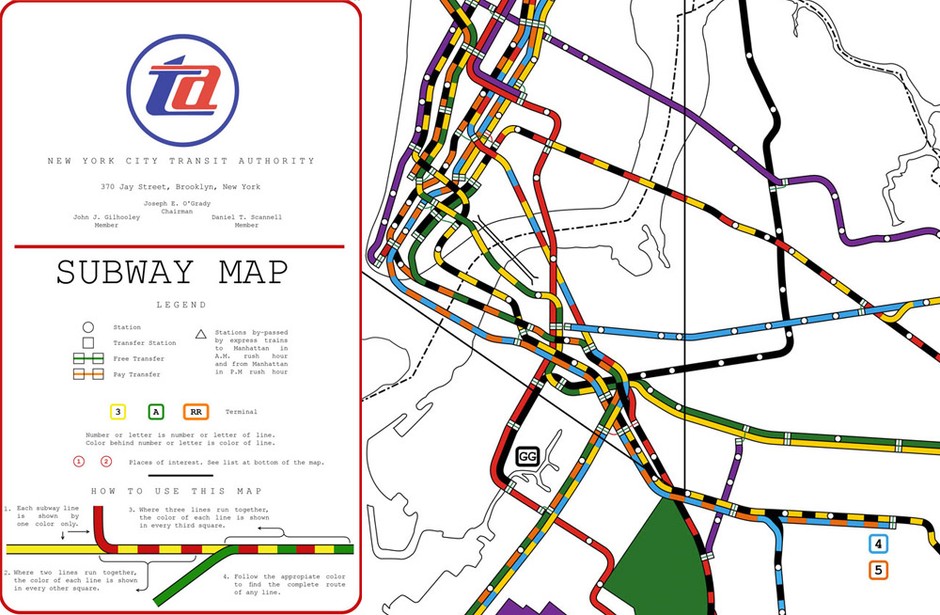
I went to the first HybridConf in Cardiff two years ago, and will definitely in Dublin for the third and final iteration this year (couldn’t make it last year due to family commitments). The first one was awesome; the speakers were great, the events were awesome, and I met a lot of incredible people. If you need convincing, here’s an excerpt from the convince your boss guide (relevant even if you’re your own boss):
Our original remit was about bringing designers and developers together, and that is still very much a part of it, but we’ve transformed and grown to become a conference that is welcoming and appropriate for everyone who works in our industry and loves to create things.
We are a conference where attendees will gain knowledge about so many important aspects of work, from teamwork and communication, to strategy and organisation, to examples of what fantastic things we can achieve in the world with the tools we have available to us now.
If you’re in the vicinity of Dublin on Aug 20th, you should really pick up tickets. If you’re not in the vicinity and haven’t planned a vacation, making it pseudo work related for a tax write-off isn’t a bad idea.
Zach and Laura are two of the most awesome people I’ve met, and I know that they absolutely pour their hearts into this project. That sort of effort has its toll though, and is probably the main reason this will be the last HybridConf. I’ll be there, hope to see you there too!
Update: I ended up giving a pocket talk at the conference. Check out the video:




